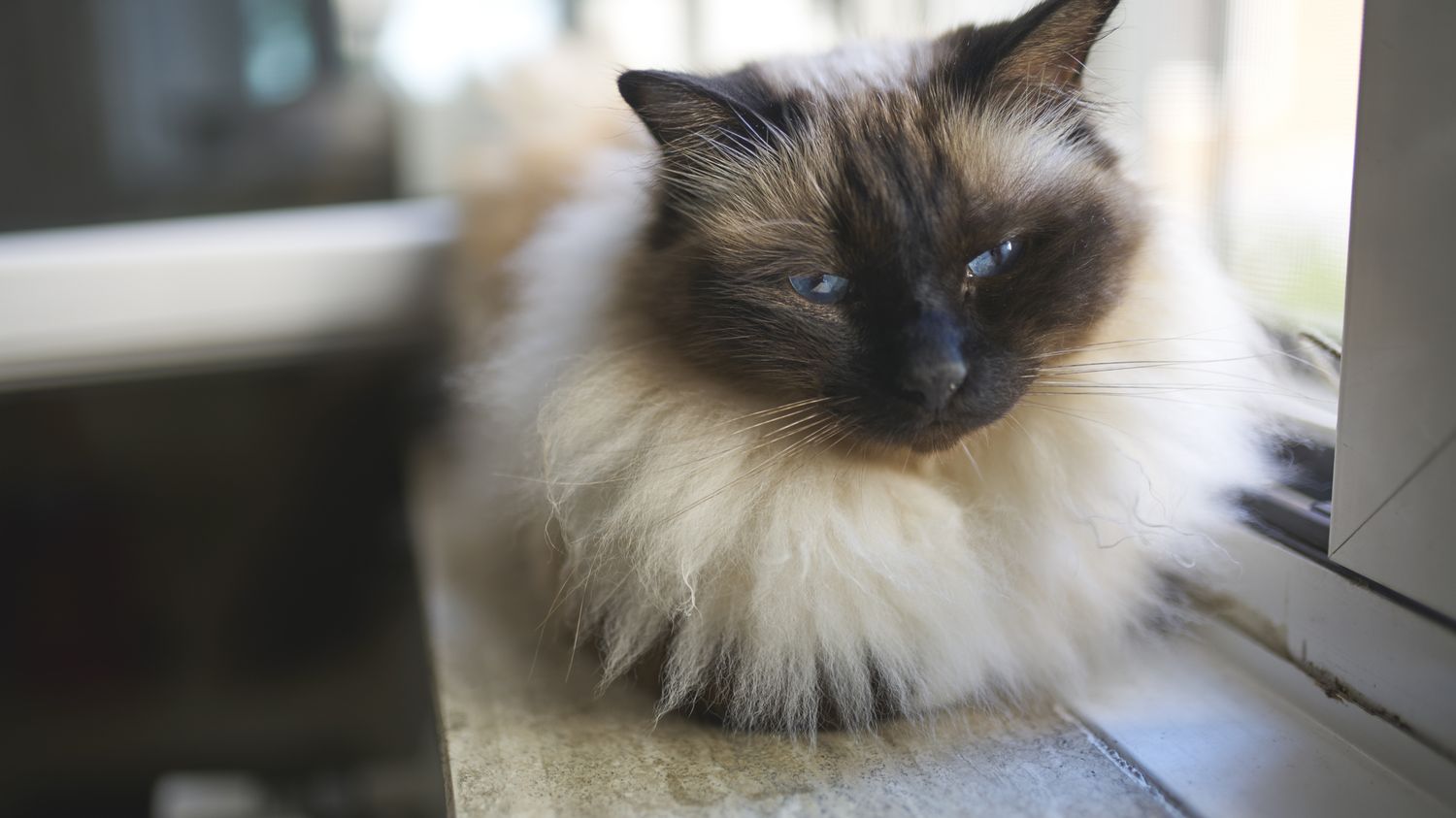Artificial intelligence is increasingly used to refine diagnoses or identify diseases. In Japan, it is also used for pet care.
Published
Reading time: 3 min

A brand new app called CatsMe has been downloaded tens of thousands of times across the country. It allows cat owners to spot signs of pain in their favorite animal in just a few seconds. Launched just a few months ago by the start-up Carelogy, which works with researchers from Nihon University, this application is already a huge success and claims more than 230,000 users.
The principle is quite simple. The application automatically identifies signs of pain, even slight ones, in cats. It is a kind of check-up at home to find out if the animal has a hidden problem and whether it should go to the veterinarian or not.
Simply take a photo of the cat’s head and upload it to the CatsMe app. There, the platform will compare the image to more than 6,000 cat images. Healthy cats but also thousands of cats, of all breeds, who suffer from a chronic illness, or who have recently had a one-off problem or a small accident. The software will analyze the cat’s grimace, compare it to that of cats in the database and automatically calculate its degree of pain on a scale that has been developed by scientists.
The software basically looks at five things in your cat’s facial expressions. The position of his ears. The more the cat suffers, the more its ears flatten and turn outwards. Then, the degree to which his eyes are closed, the position of his head, the tension of his muzzle and finally the position of his whiskers. If these are facing forward or if they are too straight, this is not a good sign. After analyzing the cat’s portrait in a few seconds, the application will determine its level of suffering and say whether there is a problem or not.
This analysis of “grimaces” currently only works with cats. The developers say they focused on these animals because they tend to hide their pain much more than dogs who are more readable by their owners. But researchers are thinking about an application for dogs, for hamsters and why not then a service for farm animals, such as cows or sheep. They explain that ultimately, the potential for analyzing these facial grimaces exists in humans, particularly in those who cannot explain their pain, for example babies or people suffering from serious cognitive illnesses.
